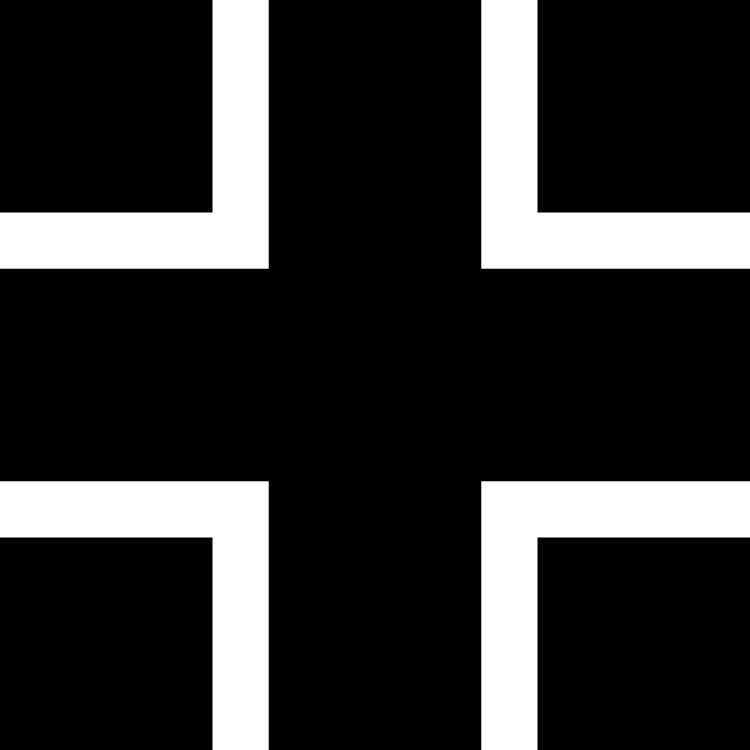Active 7 April 1945 | ||
 | ||
Role special attack interceptor Size 2000 aircraft2000 volunteers300 fighter pilots Motto(s) "Treu, Tapfer, Gehorsam"("loyal, valiant, obedient") | ||
Sonderkommando "Elbe" was the name of a World War II Luftwaffe task force assigned to bring down heavy bombers by ramming aircraft into them mid-air. The tactic aimed to cause losses sufficient to halt or at least reduce the western Allies' bombing of Germany.
Contents
The pilots were expected to parachute out either just before or after they had collided with their target. The chances of a Sonderkommando Elbe pilot surviving such a practice were low, at a time when the Luftwaffe was lacking sufficient numbers of well-trained pilots.
History
Sonderkommando literally means "special command", and the Elbe is one of the main rivers in Germany.
The aircraft of choice for this mission was usually a later G-version (Gustav) of the Messerschmitt Bf 109, stripped of armor and armament. The heavily stripped-down planes had one synchronized machine gun (usually a single MG 131 in the upper engine cowling) instead of up to four automatic weapons (usually including a pair of 20mm or 30mm underwing-mount autocannon) on fully equipped Bf 109G interceptors, and were only allotted 60 rounds each, a normally insufficient amount for bomber-interception missions. To accomplish their mission, Sonderkommando Elbe pilots would typically aim to ram one of three sensitive areas on the bombers: the empennage with its relatively delicate control surfaces, the engine nacelles which were connected to the highly explosive fuel system, or the cockpit itself. One of the most famous reports of cockpit ramming was against a Consolidated B-24 Liberator heavy bomber, nicknamed "Palace of Dallas", along with another bomber that the German plane careened into after slicing the cockpit of the Palace of Dallas.
Adding to the last-ditch nature of this task force, the only mission was flown on 7 April 1945 by a sortie of 180 Bf 109s. While only 15 Allied bombers were attacked in this manner, eight were successfully destroyed.
Successful missions
Rank / Name / Former Unit e/a Unit Status
Luftwaffe records claim at least 22-24 American aircraft fell victim to the Sonderkommando Elbe unit.
(WIA - wounded in action / KIA - killed in action)
